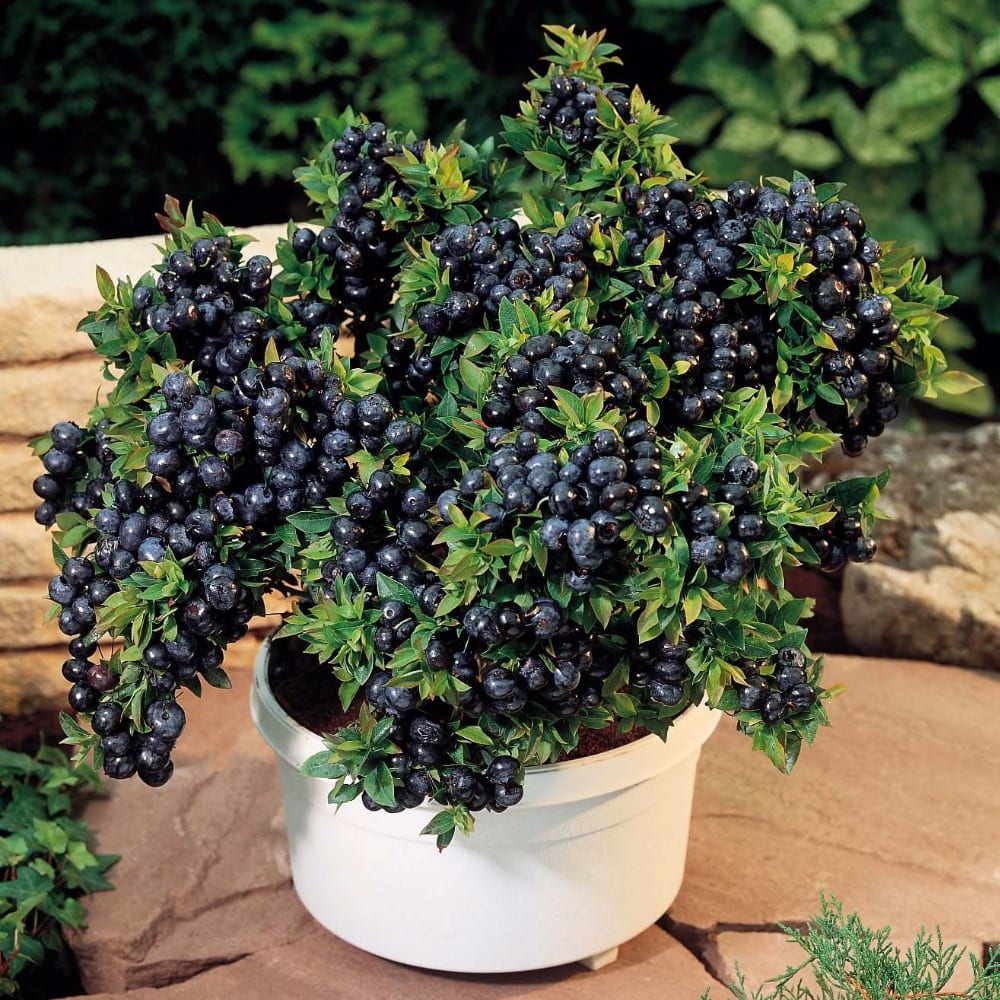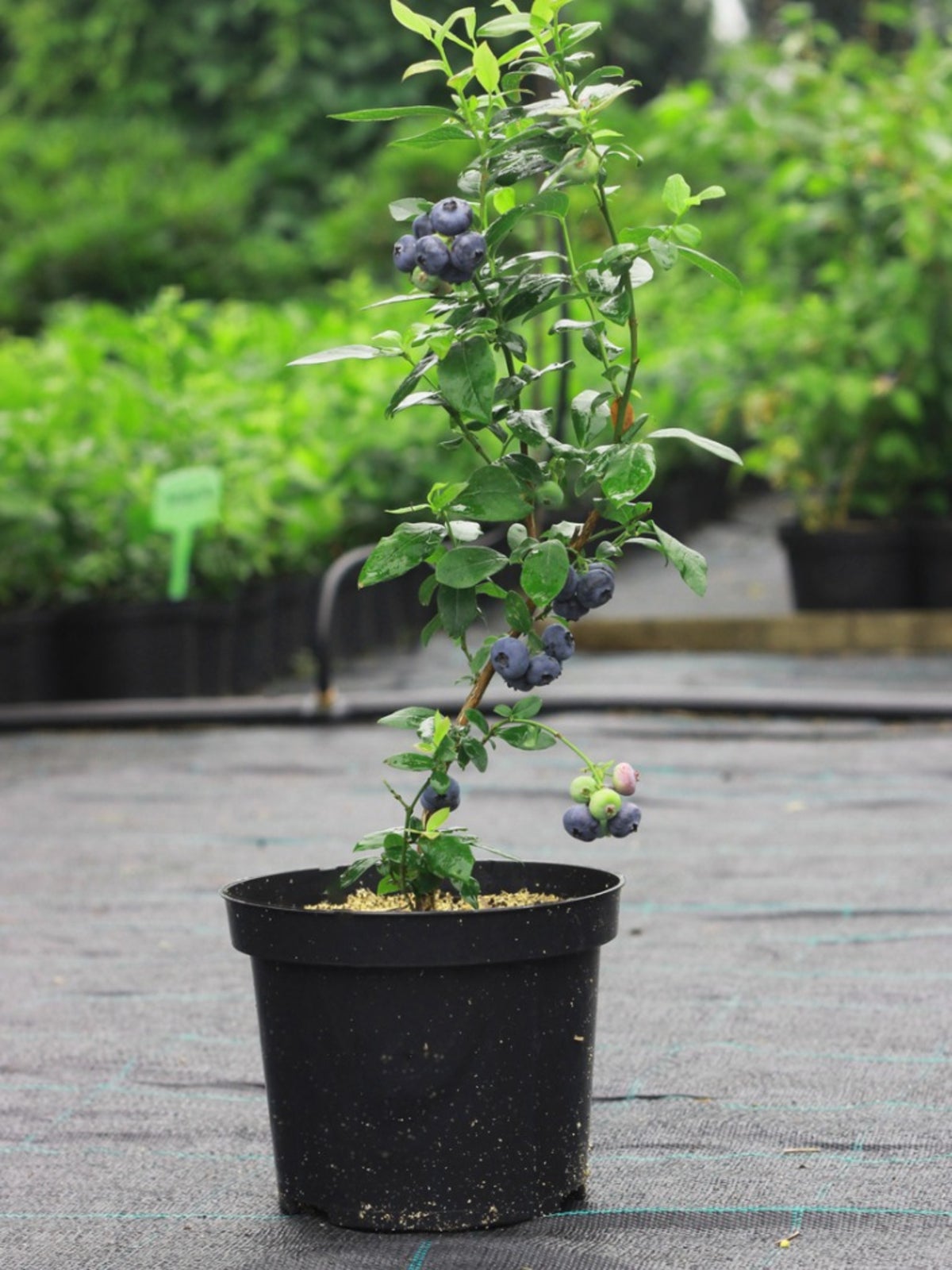How to Grow Blueberries in Containers: A Comprehensive Guide

Imagine biting into a juicy, ripe blueberry straight from your own garden. The sweet, tangy flavor bursting in your mouth is a delight that can't be matched by store-bought berries. But what if you don't have a sprawling garden? No worries! Growing blueberries in containers is not only possible but also incredibly rewarding. Let's dive into the world of blueberry container gardening and discover how you can enjoy fresh, homegrown blueberries right from your patio or balcony.
Why Grow Blueberries in Containers?
Growing blueberries in containers offers numerous benefits. It allows you to control the soil conditions, which is crucial for blueberries as they require specific soil requirements. Additionally, container gardening makes it easier to protect your plants from pests and diseases. Plus, it's a fantastic way to utilize small spaces, making it perfect for urban gardeners.
Choosing the Right Blueberry Variety
Before you start, it's essential to choose the right blueberry variety for container gardening. Highbush blueberries are generally the best choice for containers due to their compact size and adaptability. Some popular varieties include 'Bluecrop,' 'Northblue,' and 'Top Hat.'
Selecting the Perfect Container
The container you choose for your blueberries is crucial. Opt for a large pot, at least 18 inches in diameter and depth, to provide ample space for the roots to grow. Ensure the container has good drainage to prevent waterlogging, which can harm the plant.
Blueberry Soil Requirements
Blueberries thrive in acidic soil with a pH between 4.0 and 5.0. Use a well-draining potting mix specifically designed for acid-loving plants. You can also add peat moss or pine needles to enhance the acidity of the soil.
Planting Your Blueberries
When planting your blueberries, fill the container about two-thirds full with the appropriate soil mix. Gently remove the blueberry plant from its nursery pot and place it in the center of the container. Fill in around the plant with more soil, ensuring the root ball is level with the soil surface. Water thoroughly after planting.

Blueberry Watering Tips
Proper watering is critical for the health of your blueberry plants. Blueberries require consistent moisture but dislike waterlogged soil. Water your plants deeply once or twice a week, depending on the weather and soil conditions. A good rule of thumb is to water until the water runs out of the drainage holes.
Fertilizing Your Blueberries
Blueberries benefit from regular fertilization, especially when grown in containers. Use a fertilizer specifically designed for acid-loving plants. Apply the fertilizer according to the package instructions, usually every 4-6 weeks during the growing season.
Pruning and Maintenance
Pruning is essential for maintaining the health and productivity of your blueberry plants. Prune your plants in late winter or early spring to remove dead or damaged branches and encourage new growth. Regular pruning also helps to keep the plant compact and manageable.
Pest and Disease Control
While container gardening reduces the risk of pests and diseases, it's still important to keep an eye out for any issues. Common pests include aphids and spider mites, which can be controlled with insecticidal soap or neem oil. Diseases like powdery mildew can be prevented by ensuring good air circulation and avoiding overwatering.

Harvesting Your Blueberries
The most rewarding part of growing blueberries is the harvest. Blueberries are ready to pick when they turn a deep blue color and easily come off the bush. Harvest your blueberries regularly to encourage more fruit production.
Conclusion
Growing blueberries in containers is a rewarding endeavor that allows you to enjoy fresh, homegrown berries even in small spaces. By choosing the right variety, container, and soil, and providing proper care, you can cultivate a thriving blueberry garden right on your patio or balcony. So, why wait? Start your blueberry container gardening journey today and reap the sweet rewards!
FAQs
What is the best time to plant blueberries in containers? The best time to plant blueberries in containers is in the spring or early fall, when the weather is mild and the plants have time to establish before the heat of summer or the cold of winter.
How often should I water my container blueberries? Water your container blueberries deeply once or twice a week, depending on the weather and soil conditions. Ensure the soil is consistently moist but not waterlogged.
Can I grow blueberries in containers indoors? While blueberries can be grown indoors, they require a lot of light and cool temperatures to thrive. It's generally easier to grow them outdoors, but if you have a sunny window and can provide the right conditions, it's possible to grow them indoors.
What should I do if my blueberry leaves turn yellow? Yellowing leaves can indicate a nutrient deficiency, often iron or nitrogen. Ensure you are using a fertilizer designed for acid-loving plants and that the soil pH is between 4.0 and 5.0.
How long does it take for blueberries to produce fruit? It typically takes 2-3 years for blueberry plants to start producing fruit. However, this can vary depending on the variety and growing conditions. Patience is key, but the wait is worth it!
0 Response to "How to Grow Blueberries in Containers: A Comprehensive Guide"
Post a Comment